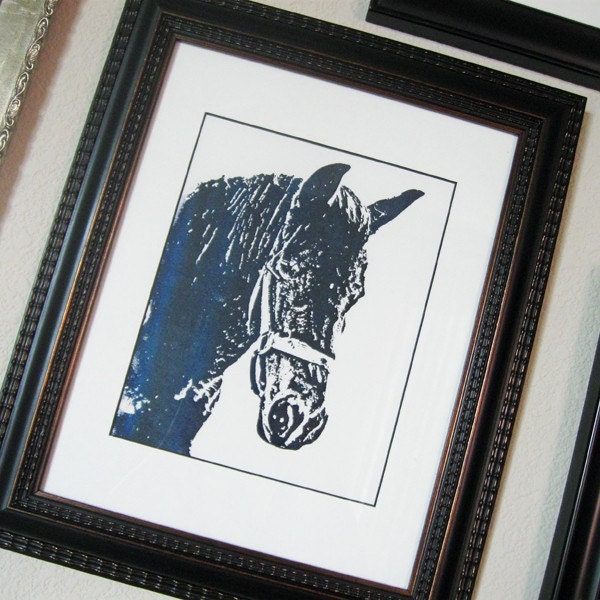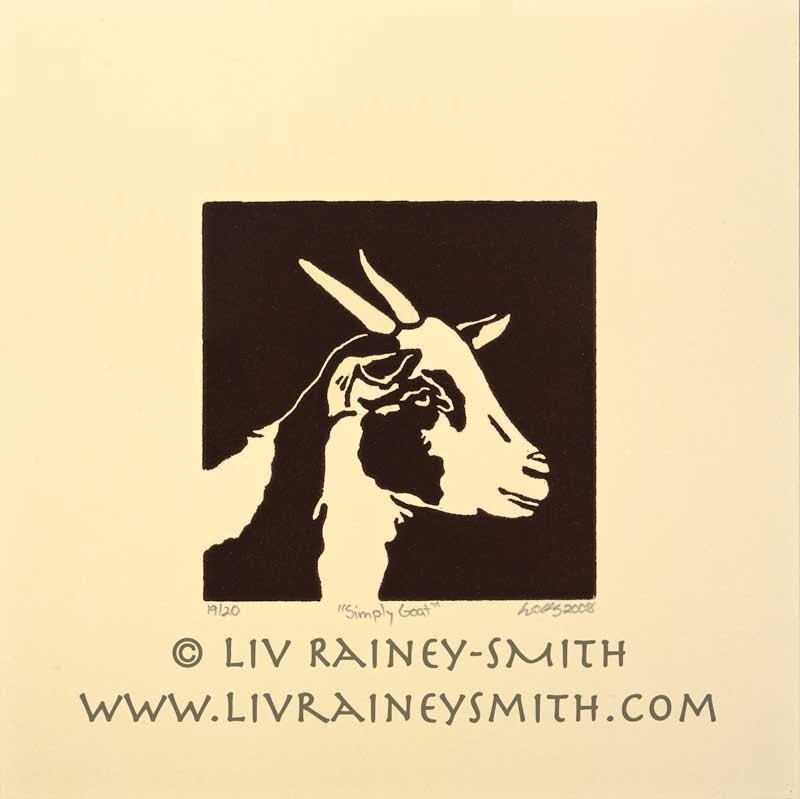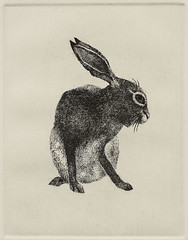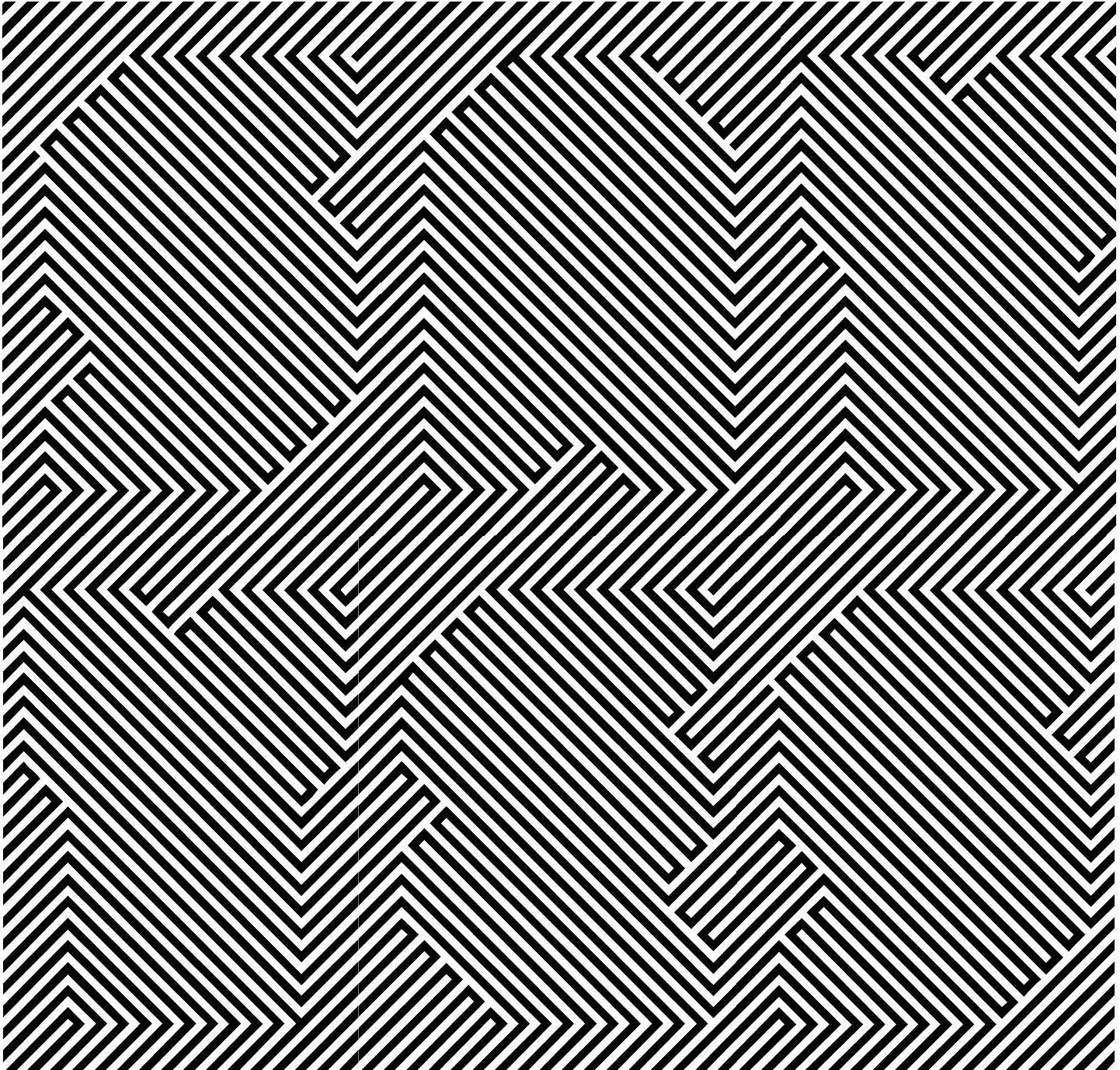 Website: www.bridgetfarmer.comEtsy: bridgetfarmerprints.etsy.com
Website: www.bridgetfarmer.comEtsy: bridgetfarmerprints.etsy.com,
bridgetfarmerbooks.etsy.comBlog: bridgetfarmer.blogspot.comBrief BioI grew up in Belfast in Northern Ireland, studied Design and Applied Art in Edinburgh, Scotland, then went traveling and ended up discovering printmaking and meeting my partner in Australia. This led to staying in Melbourne, Australia for four years longer than I meant, studying an MFA in printmaking at RMIT and getting a scholarship at the Australian Print Workshop. I have now moved back to Belfast with my partner for a couple of years.
How did you get started in printmaking?While at art college I learnt how to make monoprints, but the extent of the printmaking world was still unknown to me at this stage as I was studying jewellery and silversmithing, not printmaking. During my degree I realised I wasn't really a jeweller, but I loved all the portfolio work we had to do, so I decided to take that further.
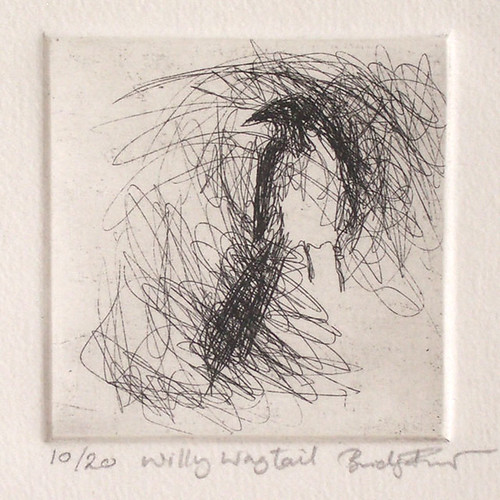
When I arrived in Melbourne I found the
Australian Print Workshop and enrolled on a weekend course. I loved it! and from then on I was hooked. It was like a whole new world of possibilities had been opened to me. I had always liked drawing and this was a perfect way to take my drawings further.
Describe where you work.At the moment since I've just moved back home I'm working where ever I can. It's not ideal, but I keep an image in my head of the studio I'm longing to one day build when I get back to Australia! It's going to be huge and light and lots of shelves and a lovely big old printing press!
 What's your favourite printmaking process?
What's your favourite printmaking process?I feel I'm still a novice really, I know there is so much more to learn, so I'm not really sure what my favourite process is. I do love the fine lines achieved with acid etching and the other possibilities such as aquatint and sugarlift using the same form of technique. I want to look more into these, play around a bit, experiment.
I feel I should also explore non toxic printmaking. I've always turned my nose up at it, yet my dream is to build an eco house and live as green as possible. This doesn't make sense! How could I live in an eco house with a toxic studio? So I think I need to readdress this!
What's your creative process for any given print? (eg. sketch first? Pre-planned or free-form?)I find it very important to go out drawing first. I have to draw from life, although often 'life' is in the form of a dead stuffed bird in the museum. I also like drawing live birds and dogs down at the beach or in a park. Drawing from life (even a stuffed bird) gives your drawings life. I don't think you can quite get the same sense from a photo.

I then use my sketches as a basis for my prints. I have an outline of an idea of what I might want the print to look like but I'm always open for happy accidents. I'm not too precious about the results, sometimes I wish it was slightly more out of my control!
What do you enjoy most about printmaking?I think it's got to be that moment, just after rolling the press, pulling back the blankets and peeling off your print and seeing it for the first time. Even if editioning, each time I lift the paper it's exciting.
What's your least favorite part of the process?Sometimes I get frustrated at how long the process takes. I don't experiment as much as I should as a result. Also, of course, the cleaning up.
 What are your inspirations (other artists, people, places, events, etc.)?
What are your inspirations (other artists, people, places, events, etc.)?When I started printmaking I'd just arrived in Australia and I just couldn't get enough of all the birds. They were all so foreign and exotic looking to me and I hadn't a clue what they all were even though I knew most common birds in the UK. So in the beginning I used printmaking as a way to get to know these birds, you'll see all my earliest work depicts Australian birdlife. I looked at how others depicted these subjects and I love looking through links on other peoples blogs and finding new artists and printmakers dealing with similar subjects.
How has your work changed and evolved since you started?I've only really been printmaking for 4 years and most of that time was learning different techniques, so I don't feel I've evolved a great deal, except in the number of different techniques achieved.
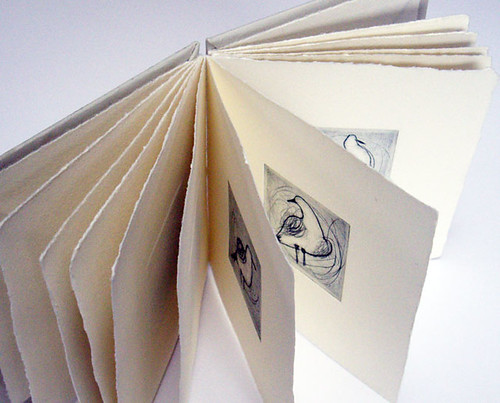
I have however started to really get into making books. I like the craft aspect of this, constructing, thinking in 3D, learning book binding, thinking about cover as well as the content. I find it challenging in a different way. I love ending up with a precious object, rather than an image for a wall.
How do you get past creative slumps?I hate that feeling, sitting at your desk, knowing there should be something you could do, but nothing happening. I think the best thing to do is leave your desk. Go out. Look at exhibitions. Read peoples' blogs. GO DRAWING!
 How do you promote your work?
How do you promote your work?I have a blog that I try and post on regularly, I take part in the etsy forums, and occasionally I twitter. But I find the best ways are normally through exhibitions and word of mouth. I was part of a few exhibitions in Melbourne before I left and as a result had some local newspaper articles written about my work. This led to people phoning me up and coming round to my house to see my prints and buying. I think it all just takes time to get known. I don't help it by moving countries every 4 or 5 years!
Any other comments or advice for others who want to try making hand-pulled prints?There are lots of print workshops around, find out if there is one near you and see if they have any courses. They may seem expensive but it is well worth it and most of the time the price includes all the materials. Once you have a basic knowledge of how the process works there are lots of things you can do at home. I've just bought a mini press for about £300 and I intend to make collagraphs, which are non toxic and made of many materials you'd find at a local DIY store. Don't feel daunted by all the chemicals and acid, they are not necessary!
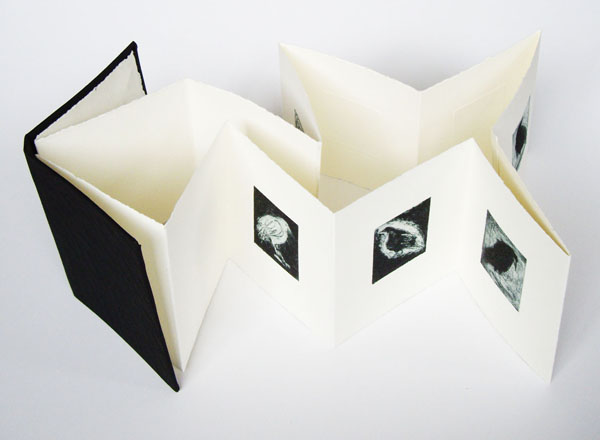
Also by working at a print workshop there will always be other people around. I learnt mostly from other workshop users. It's good to feel part of a little printmaking community, everyone helping each other. For me, enrolling on that printmaking course back in 2006 was the best thing I ever did!
 Etsy: markbhillblockprints.etsy.com
Etsy: markbhillblockprints.etsy.com
 What's your creative process for any given print? (eg. sketch first? Pre-planned or free-form?)
What's your creative process for any given print? (eg. sketch first? Pre-planned or free-form?) What's your least favorite part of the process?
What's your least favorite part of the process?
 Any other comments or advice for others who want to try making hand-pulled prints?
Any other comments or advice for others who want to try making hand-pulled prints?


